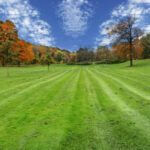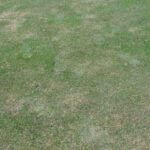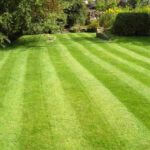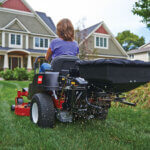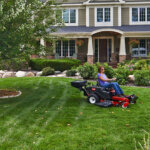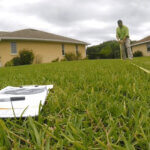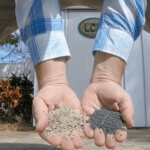Fall-Through-Spring Lawn Diseases
Typhula blight (gray snow mold) Strictly a cold-weather disease, typhula blight appears where snow cover has melted, especially in areas where snow has drifted or been piled. Look for: Irregular 2 to 24-inch patches of bleached-out, matted turf covered with moldy, grayish-white mycelium. Embedded in the leaves and crowns of infected plants you will see Read more…

